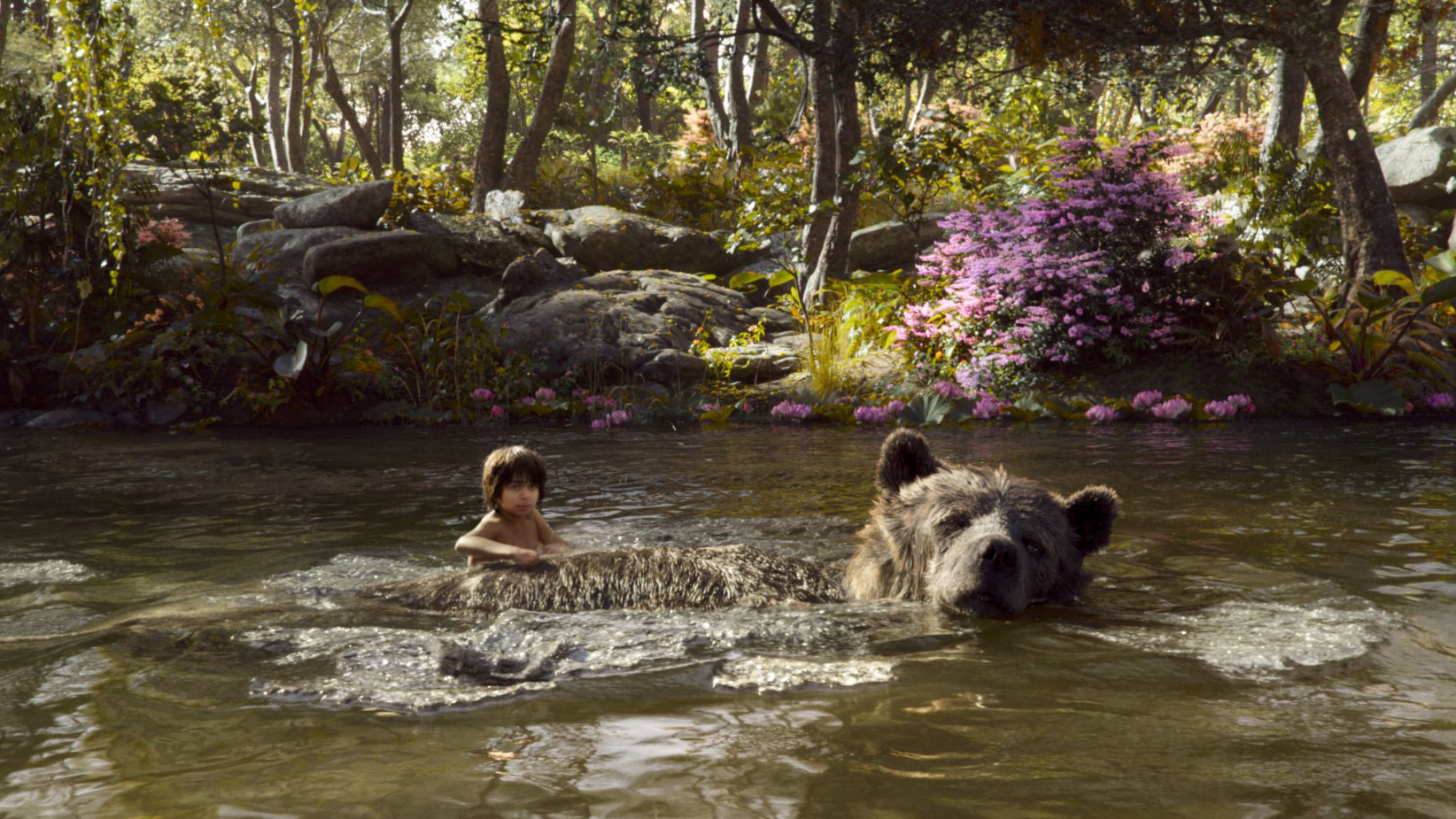| film | Preference | Memorable Scene | Film elements |
| The Shining | 8/10 | Bar Scene | Cinematography Camera angles. Camera positioning. |
| film | Preference | Memorable Scene | Film elements |
| The Shining | 8/10 | Bar Scene | Cinematography Camera angles. Camera positioning. |
| Film | Preference | Memorable Scene | Film Element Focus |
| The Shining (1980) | 9/10 | The Roger the Bear Man scene | Cinematography |
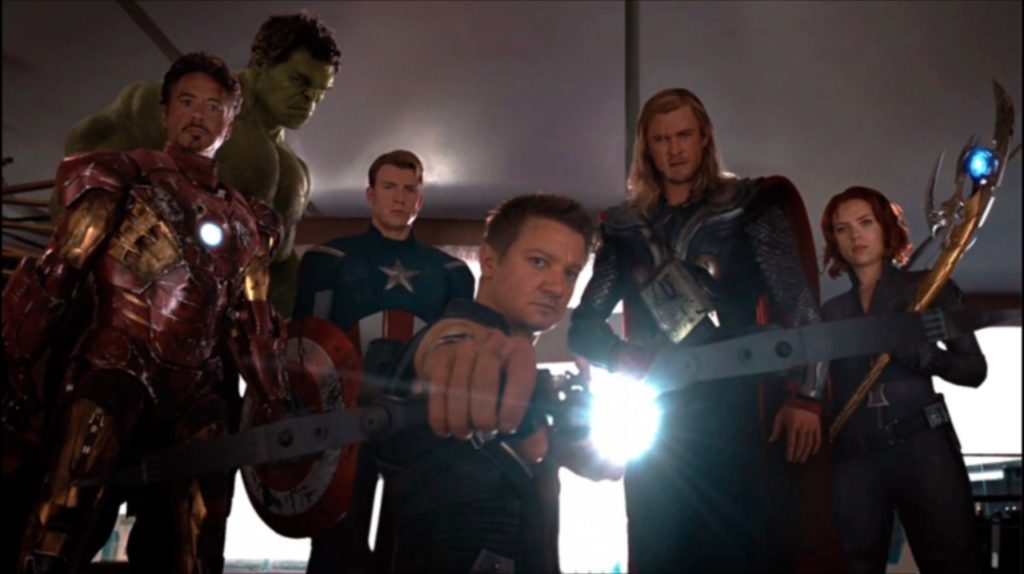
Low Angle – Avengers Assemble – This angle is used to portray the Avengers as powerful and Loki(Tom Hiddleston) as having lost.
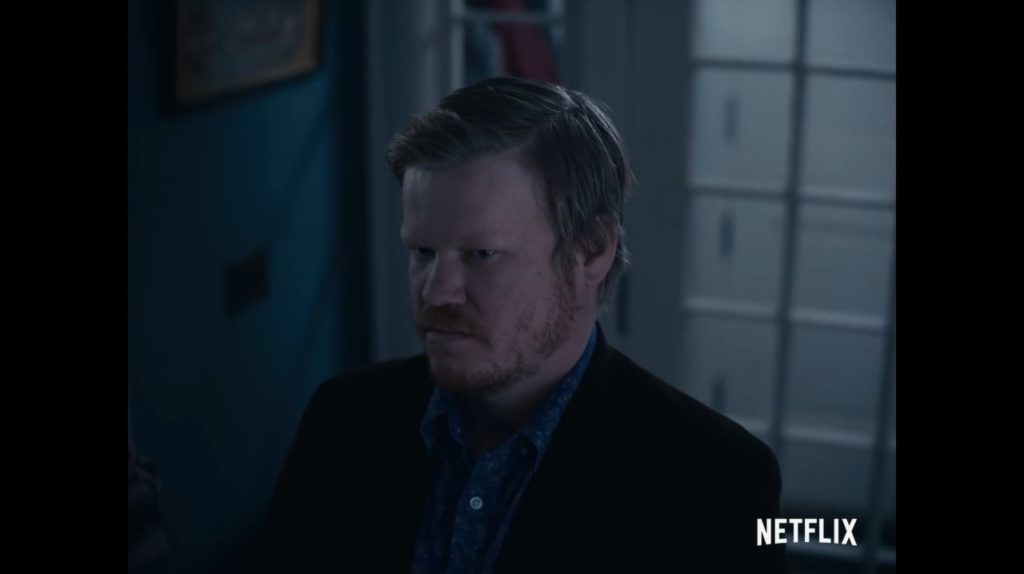
High Angle – I’m Thinking Of Ending Things – This angle is used to show how Jake’s(Jesse Plemons) mother(Toni Colette) and father(David Thewlis) are embarrassing him and annoying him. The high angle is also supposed to show the power they have over him, being his parents.
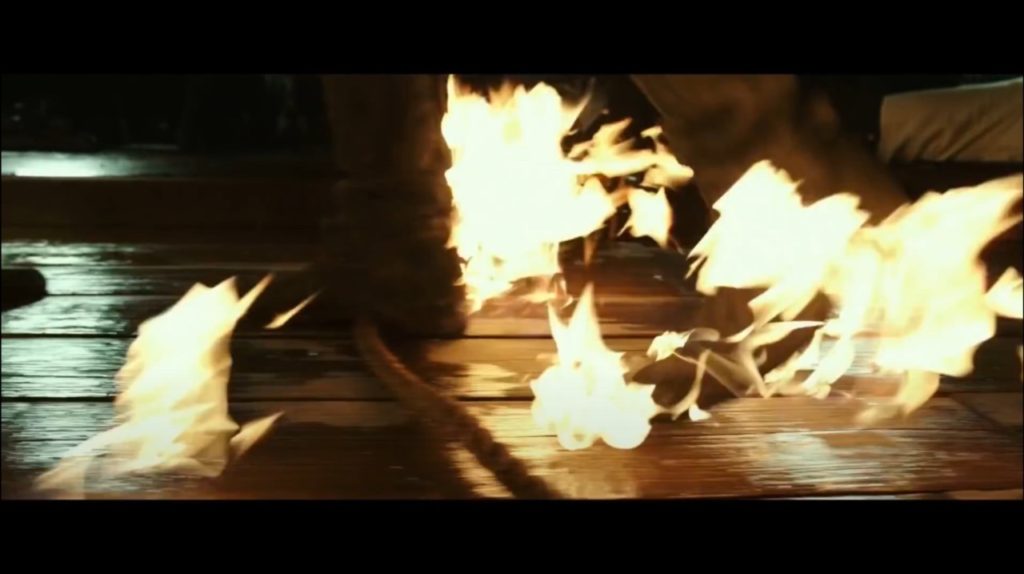
Ground Level – Pirates Of The Caribbean: Dead Men Tell No Tales – This is one of the first shots we see of the antagonist, Salazar(Javier Bardem). It fuels our anticipation of what he could look like, as we cannot see his face. Salazar also walking through fire is used to show this character is supernatural, as fire does not harm him.

Handheld Camera: By using the handheld camera (or by shaking the camera), this fall is exaggerated heavily, it shows his first lack of control, before removing the shake in the camera later in the fall showing he has gained control. Shaking the camera really proves to the audience how dangerous this is, and what an impact moment it is.
Dolly: The dolly is used in this scene as it can smoothly follow him as he runs across the window, creating a fluid movement. It can show the audience how much control he now has, and how fast he now moves, increasing their feeling of awe.
Slow Zoom: The slow zoom is cleverly used here to accentuate the fear shown on his face as he is hiding from the Prowler. His emphasized fear causes the audience to sympathize with him, but it also rises the tension drastically.
Pivot Shot: Lowering the camera to his hands in this shot, and following the lightning as it moves down his arms, helps the audience follow this rise in tension as he breaks free from his restraints.

Overhead: This overhead shot emphasizes the height of the buildings, and how large of a moment this is for Miles. It creates a sense of fear but also excitement for the audience, which is what Miles would be feeling at the time.
Ground Level: By placing the camera at ground level when Peter gets crushed by the claws of Green Goblin, it shows defeat and how weak he is in comparison. The audience would feel fearful, and start to realize that there is a possibility he may not win.
High Angle & Low Angle: These 2 angles are swapped during this scene, one looking up at Gwen, and one at her looking down; this visual hierarchy shows the audience how skilled Gwen is in comparison to Peter and Miles, and helps introduce her alternate character as someone strong and powerful.
Eye Level: This monumental moment is captured with an eye level shot as it really emphasizes the determination and passion Miles is feeling. As eyes are one of the key ways humans show emotion, by using this shot the audience has an instant connection with how he is feeling, and they know that this is a turning point.
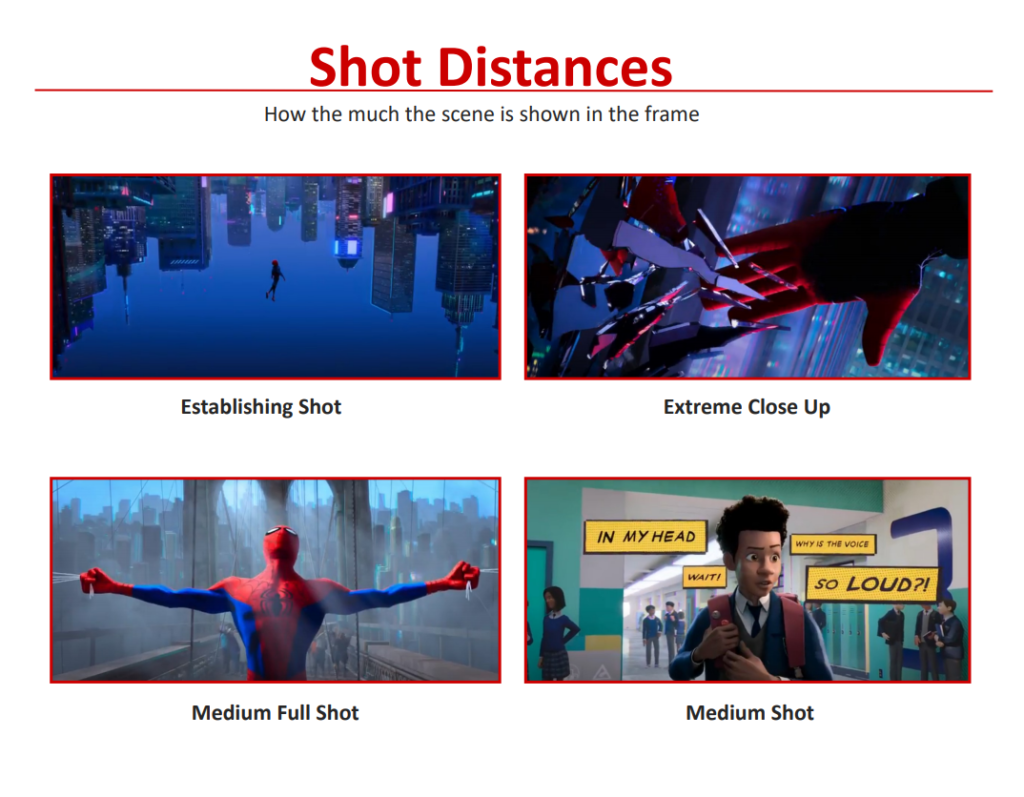
Establishing Shot: Shows how large the city is and how daunting his jump was, as this is arguably one of the most significant moments in his journey. By flipping the shot, it shows that he is rising, not falling, metaphorically showing how he is rising over his challenges. It fills the audience with a sense of awe and pride over his achievement.
Extreme Close Up: This extreme close up on his hands that are shattering the glass helps accentuate this monumental moment to the audience, and makes them feel the tension that Miles is feeling.
Medium Full Shot: This strength of Peter is highlighted with the MFS here, as Medium Full Shots help accentuate power and muscles, giving the audience a sense of admiration for him.
Medium Shot: The medium shot is mostly used when Miles is walking around school, as it brings him and only him closer to the camera, while everyone else is separated from him. This helps show the audience how divided he is from the rest of his school, and how he does not fit in.

The depth of field is used in film to focus on a certain character or object whilst blurring out the enviroment or other characters in the scene. This helps the audience focus on a specific thing in the scene whilst also being aware of the enviroment or other characters in the backround. it is also ofte used to capture character key emotions in scenes which often changes the mood of the scene or helps us to empathise with characters.
Shallow focus- used to give a blurred effect whilst still being able to identify the environment or background. often used to put emphasis on a specific thing in the scene to attract the audience to it.
Deep focus- used to show everything going on in the scene. often showing a busy environment or used when lots of things are happening to show that its a busy environment. it can also be used to capture lots of reactions or different points of views in the scene.





